Do you know any crested tit facts? No? Do you even know the crested tit? Think of a tiny punk-rocking rockstar gracing the pine forests of Mainland Europe with a feisty voice and an attitude to match. Yeah, that’s the crested tit flitting between branches. This bird is distinguished by its spiky black-and-white crest that bobs with each of its agile movements; It is one of Britain’s most distinct yet elusive woodland birds.
Thanks to their distinctive, punk-like plumage, you can easily tell them apart from their cousins, which are the coal tits, they are a part of the crested tit family but without the crest. The crested tit is the real showman of the Caledonian forests, attracting birdwatchers with their acrobatic antics and complicated social behaviours.
In this article, we’ll reveal everything you need to know about these fascinating creatures. Stick around because we’re sharing it all, from how to identify them to their unique adaptations, the challenges they face, and how we can help protect their future.
Everything You Must Know About the Crested Tit
Going by its physical and social characteristics the crested tit is a fascinating creature. Hence, to help you appreciate the uniqueness and resilience of this small but striking bird, we’ll spare no details about its different traits.
The Physical and Vocal Features of the Crested Tit
You can easily identify the crested tit by their spiky black-and-white crest. They are usually about 11.5 cm long, with grey-brown upperparts, whitish underparts, and a black eye-stripe. These features will help you distinguish them from other tits within their extended family. While male and female crested tits look similar, the males have slightly bolder crests.
Apart from their unique looks, crested tits also stand out for their distinct high-pitched “zee-zee-zee” and rolling “trrr” sounds, which they use for interactions and territory defence. A bonus fact is that, during the breeding season, males produce sharper, more frequent calls to attract mates.
Generally, their soft vocalisations blend perfectly into the ambience of the quiet pine forests they call home. So, if you see a bird with a spiky black-and-white crest in the Scottish pines, sit back and enjoy because you’ve just found yourself a crested tit.
Habitat and Adaptation of the Crested Tit
In the UK, you’ll find crested tits, primarily, in Scotland’s Caledonian pine forests. Similarly, the Scottish park is a secondary habitat for these birds because of the abundance of decaying wood and tree cavities in the Cairngorms.
However, across Europe, you can find them occupying coniferous forests and situating their nests in mature woodlands rich in deadwood. In autumn and early winter, you can stumble upon a crested tit storing seeds and insects in bark crevices. They do this to survive a possible scarcity of food.
Also, to improve foraging success and predator detection, they join mixed flocks with coal tits during this period. However, climate change limits their scope, with warming temperatures forcing a chunk of them off to higher altitudes or further north as suitable pinewood habitats reduce.
Feeding and Social Habits of the Crested Tit
Crested tits go the extra mile for their food. Sometimes, they use their acrobatic skills in sourcing for food, hanging upside-down to inspect tree barks for insects and larvae in summer before hitting their silos of stored seeds when winter comes. Their precise beak work allows them to access crevices that other birds can’t, giving them an advantage that explains their acclimatisation to pinewood ecosystems.
Interestingly, just as they’re excellent food keepers, crested tits are also their brothers’ keepers. They form covalent bonds at the social level, defending their territories with spirited calls, even in winter when they join flocks with coal tits. These interactions within flocks enhance their survival through shared vigilance against predators like sparrowhawks.
How About Their Reproductive Activities?
Amongst crested tits, courtship begins in early spring. Males sing to attract mates, then form pairs and inspect cavities in rotting pine stumps together. They would eventually craft their nests together, using moss, hair, and wood chips to provide a secure environment for raising offspring.
After mating, female crested tits lay around 5 to 6 eggs and go on to incubate them for about two weeks whilst the males deliver food. Their chicks fledge after three weeks, but remain threatened by nest predators like pine martens. Habitat loss also represents another threat to the safety of these new tits as suitable nesting sites reduce drastically, making them susceptible to even greater danger.
How to Help Preserve the Crested Tit
Unfortunately, for this unique species, deforestation poses a severe threat to their survival. As loggers continue to remove deadwood, which is essential for their nesting, these birds risk losing their habitat. Scotland’s isolated populations are especially vulnerable, as climate change alters their habitat conditions and stresses forest ecosystems.
However, intentional conservation initiatives, such as the Cairngorms National Park, protect old-growth pinewoods and encourage natural decay, which make the park a suitable habitat for crested tits. Equally, the public can advance this preservation cause by supporting woodland trusts, steering clear of pine forests and reporting sightings of crested tits to organisations that protect birds, like the RSPB.
Conclusion
And there you have it – all the Crested tit facts you need to know! The crested tit, with its striking crest and unique feeding and social behaviours, thrives in Scotland’s Caledonian pine forests but faces threats from deforestation and climate change. Supporting conservation efforts can help to ensure this remarkable bird survives. Join wildlife trusts, visit birdwatching hides, or share this article to ensure this punk-rocking bird will remain around for generations to come.
FAQs
Are crested tits found in England or Wales?
No. Ordinarily, you can’t find crested tits in England or Wales. However, you will find them in Scotland, mainly in the Caledonian pine forests and the Scottish Highlands.
Can crested tits be seen in urban areas?
No. You can’t see crested tits in urban environments. Mature coniferous forests, especially pinewoods, are their natural habitat.
How can I tell a male from a female crested tit?
Male crested tits usually have slightly longer crests and bolder black markings.
What do crested tits eat?
Crested tits eat insects in spring and summer. However, they switch to seeds and berries and store food in autumn and winter.
Why do crested tits store food?
Crested tits store food to survive harsh autumns and winters when insects, which are their primary food, become scarce.
Can I keep crested tits as pets?
No. In many countries in Europe, crested tits are protected by conservation laws, and cannot be kept as pets.






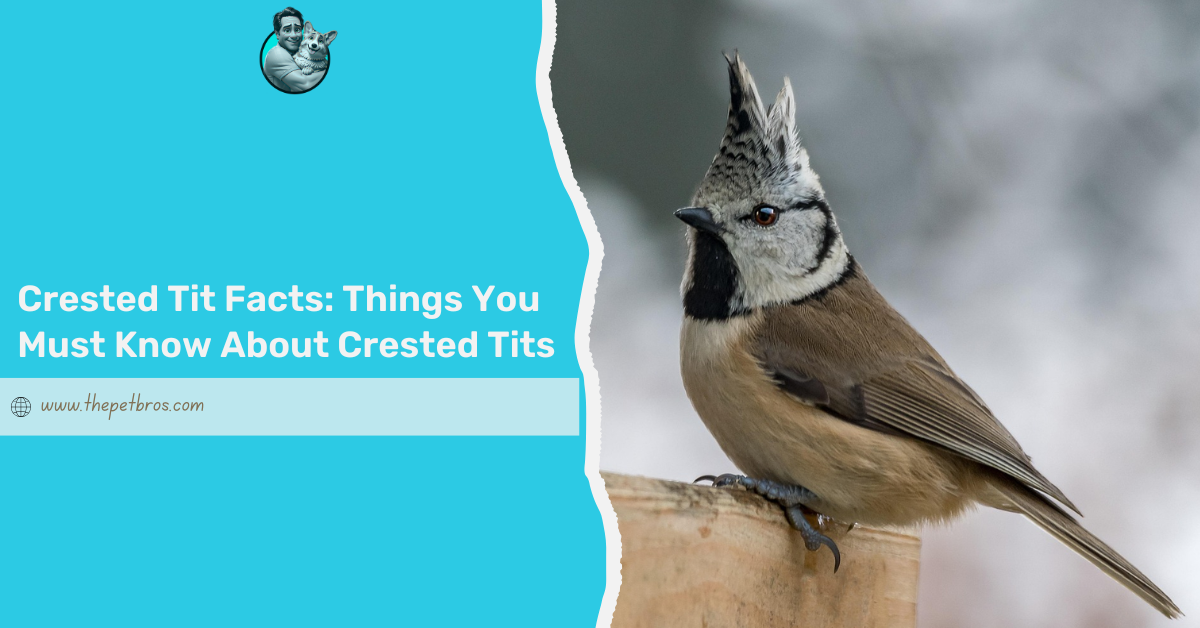
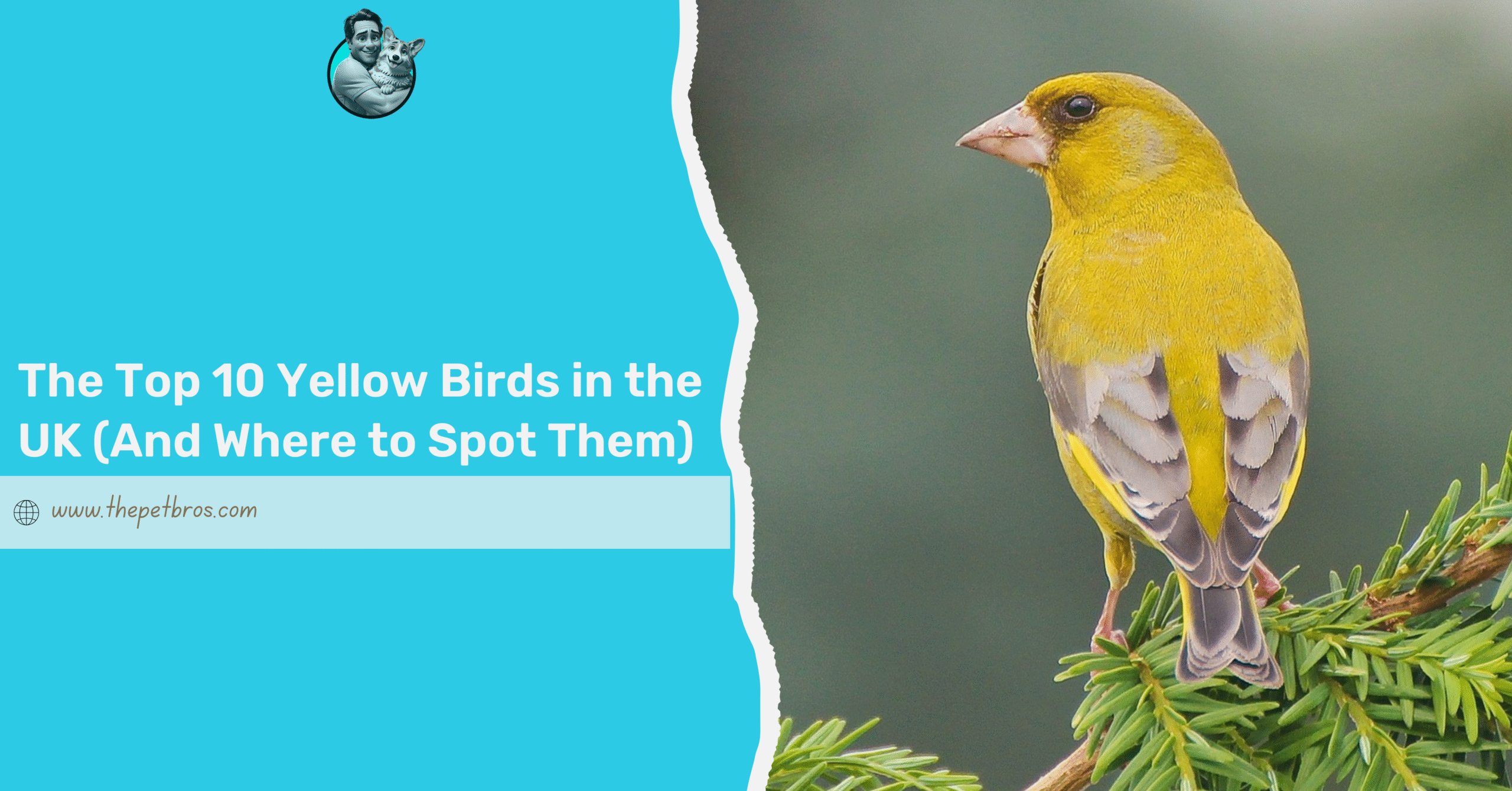
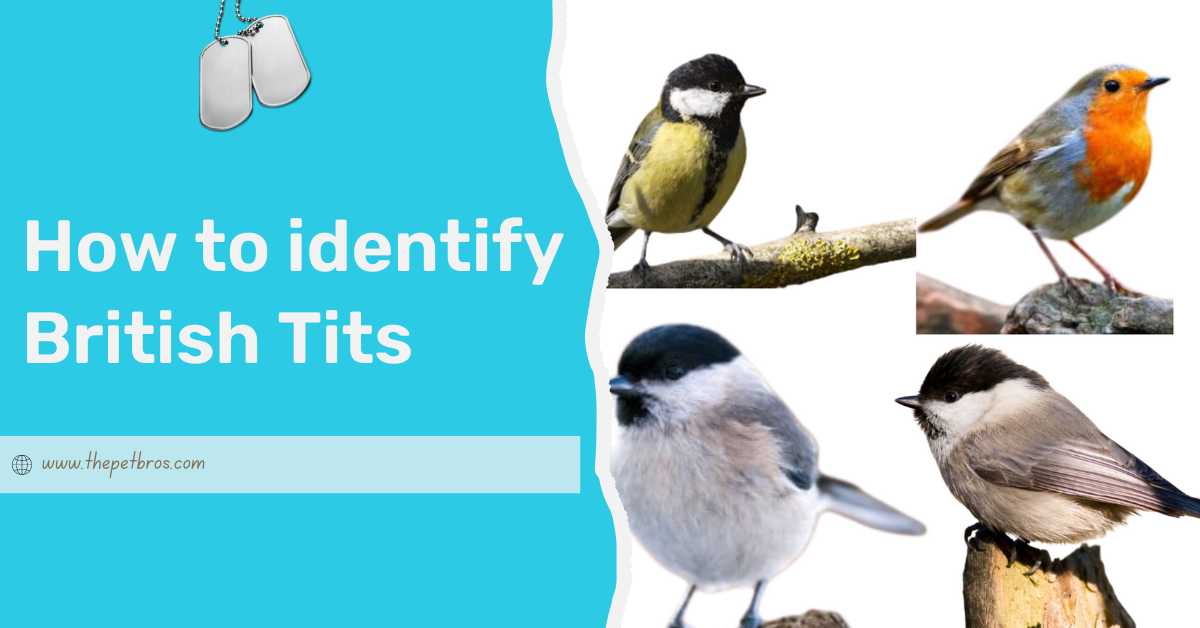


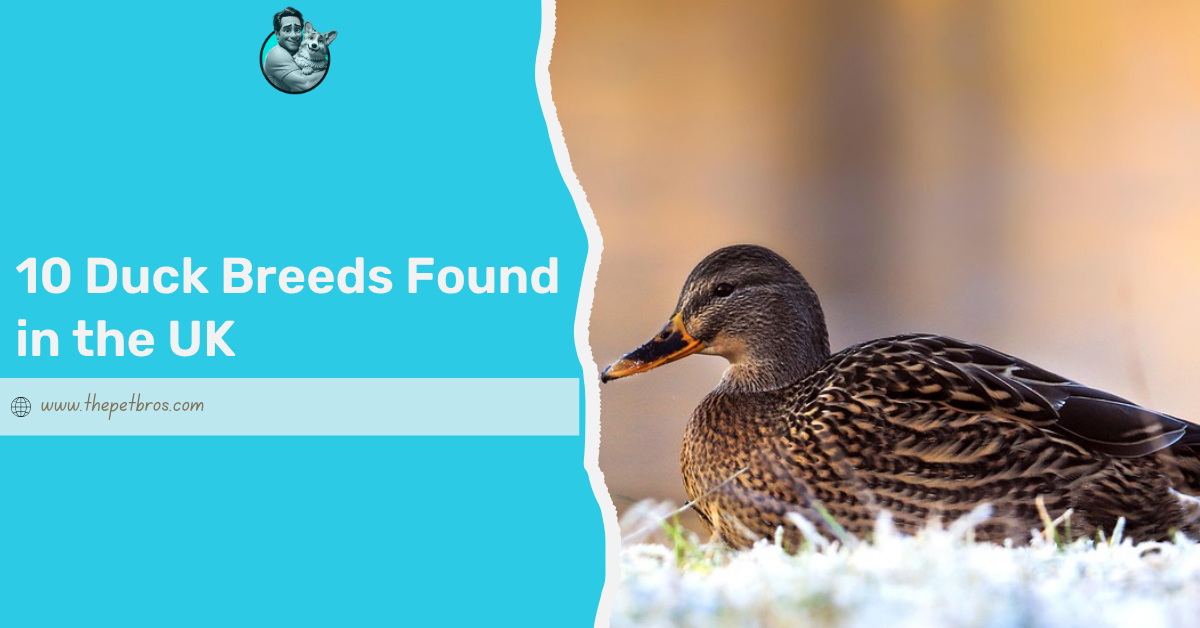

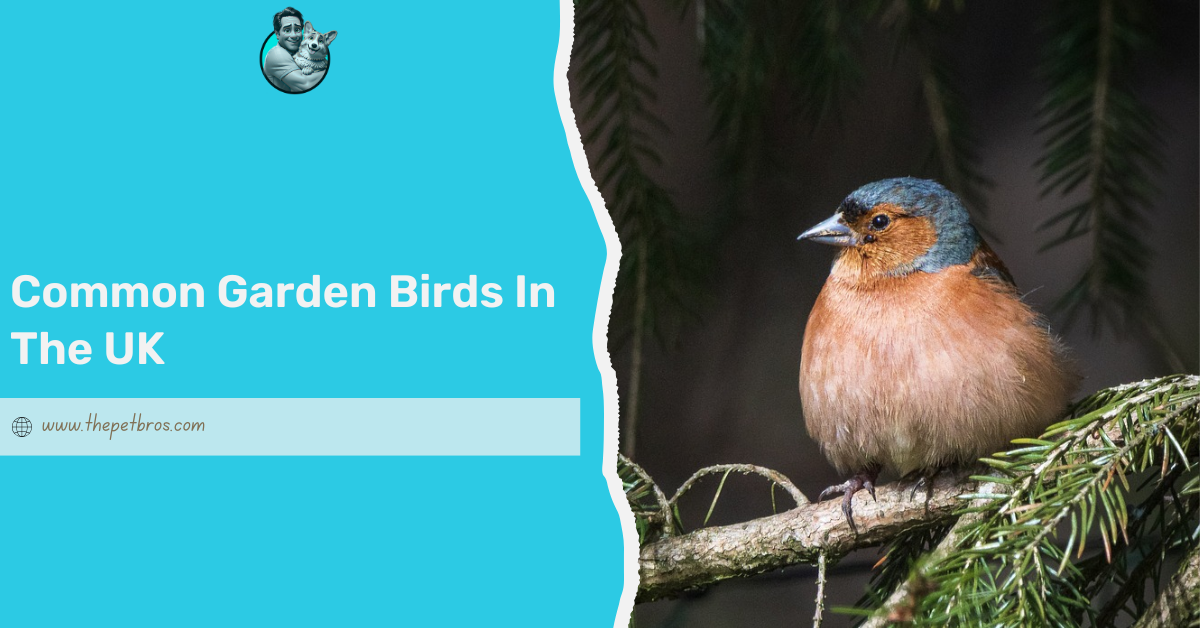

This article really highlights the unique charm of the crested tit, and I’m fascinated by how such a small bird can have such a big personality. The comparison to a punk-rocking rockstar is spot on—it’s amazing how their spiky crest and feisty behavior make them stand out in the forest. I’d love to know more about their social behaviors and how they interact with other birds in their habitat. Do they have any natural predators, and how do they defend themselves? It’s also interesting how their calls change during the breeding season—do females respond differently to these calls? I think it’s crucial to protect their habitats, especially the Caledonian pine forests, to ensure their survival. What steps can we take to help conserve these forests and support the crested tit population?